A wheelbarrow tire is a specialized tire designed for use on wheelbarrows, which are hand-propelled vehicles commonly used for carrying and transporting heavy loads in gardening, construction, and other outdoor activities. The tire plays a crucial role in supporting the weight of the wheelbarrow and its contents, providing stability and ease of movement.
Features and Characteristics of Wheelbarrow Tires
Wheelbarrow tires are typically made of rubber or a combination of rubber and other materials. This construction allows for durability and flexibility, enabling the tire to withstand rough terrains and carry heavy loads. The tread pattern on wheelbarrow tires varies, but it is generally designed to provide traction and stability on different surfaces. The tread helps prevent slippage, especially when navigating through uneven or slippery terrain. Tire for wheelbarrows come in various sizes to accommodate different wheelbarrow models. The size is usually specified by the diameter and width of the tire, and it's important to choose the right size to ensure proper fit and functionality.
Some wheelbarrow tires come with inner tubes, which are inflatable tubes that provide additional cushioning and shock absorption. Inner tubes can be filled with air to the recommended pressure for a smoother ride and enhanced load-bearing capacity. To address the common issue of flat tires, some wheelbarrow tires are designed as "flat-free" or "solid" tires. These are often made from a solid rubber or foam-filled material, eliminating the need for maintenance associated with inflating and repairing flat tires. The hub of the wheelbarrow tire is the center portion that attaches to the axle. The hub configuration may vary, and it's essential to ensure compatibility with the wheelbarrow's axle size.
How to Choose Wheelbarrow Tires
Choosing the right wheelbarrow tires is crucial to ensure the optimal performance and longevity of a wheelbarrow. Check the size specifications of the wheelbarrow. The tire size is usually indicated by its diameter and width. Measure the existing tire or refer to the wheelbarrow's manual to determine the correct size. Consider the maximum load capacity of the wheelbarrow. This information is often provided by the manufacturer. Choose solid wheelbarrow tires that can handle the weight of typical loads. When considering wheelbarrow tire replacement, buyers should also consider the load capacity of the wheelbarrow. The load capacity may be influenced by both the tire and wheelbarrow frame.
User's should assess the terrain where they will be using the wheelbarrow. Different tread patterns are suitable for various surfaces. Tires with a more aggressive tread pattern provide better traction on rough or uneven terrain. Some wheelbarrow tires come with inner tubes that require inflation. Others are solid or foam-filled, eliminating the need for inflation. Buyers should consider their preferences and the maintenance level they are comfortable with when choosing between inflatable and non-inflatable tires. Consider the type of terrain one will be traversing. If buyers will be using the wheelbarrow in a garden with softer soil, they may need tires with a wider surface area to distribute the weight. If flat tires are a concern, consider flat-free or solid tire options. These are made from materials that eliminate the risk of punctures and reduce the need for maintenance.

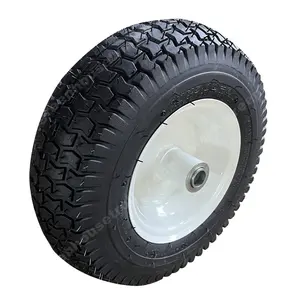






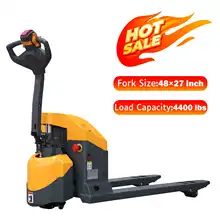

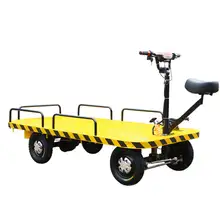



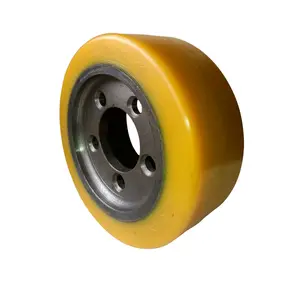



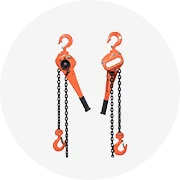
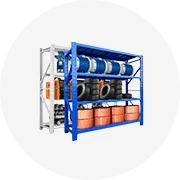
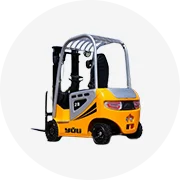








 浙公网安备 33010002000092号
浙公网安备 33010002000092号 浙B2-20120091-4
浙B2-20120091-4